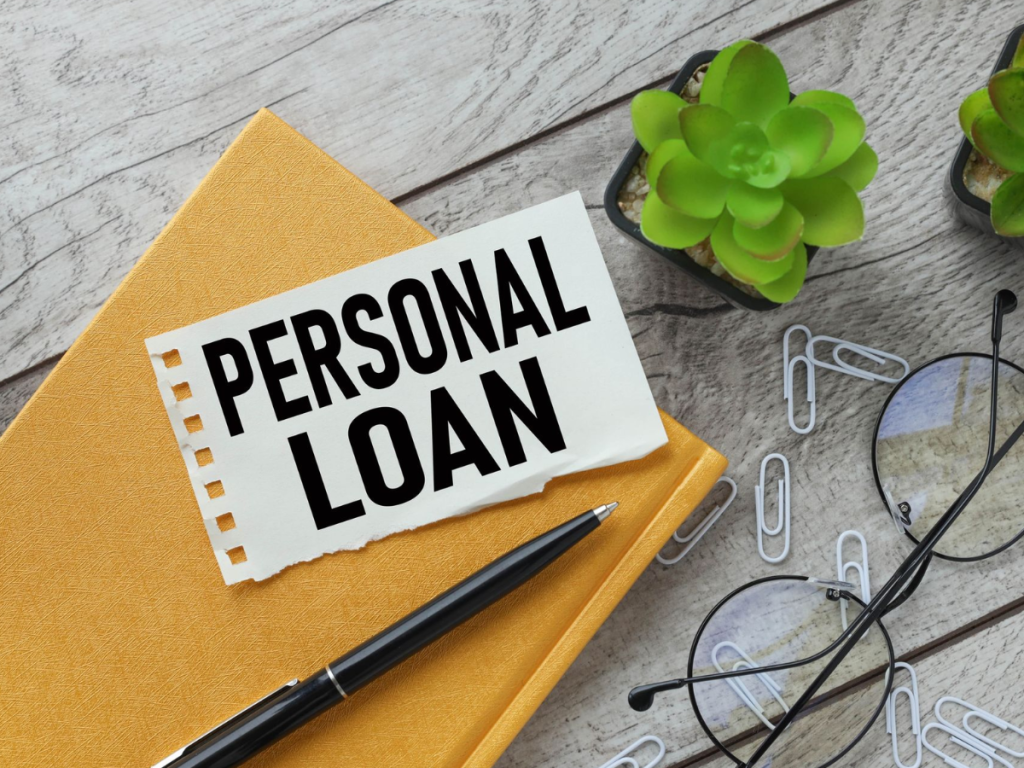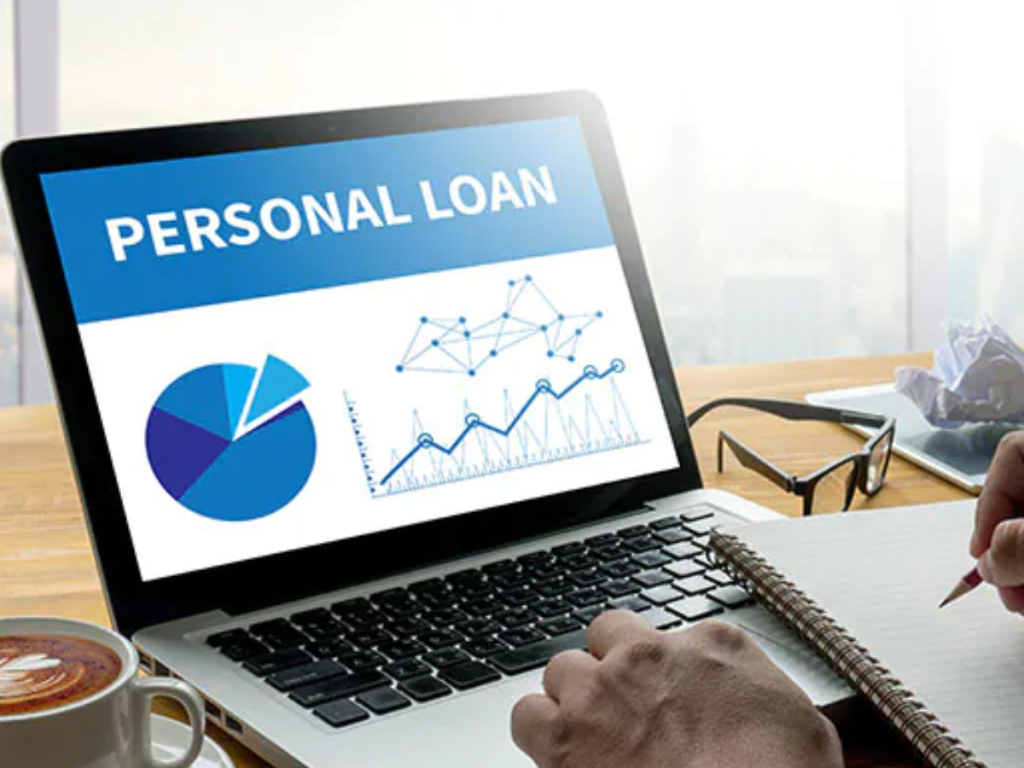Introduction
In the United States and many other parts of the world, medical expenses are among the leading causes of financial stress. Whether it’s an emergency surgery, ongoing treatment for a chronic condition, or a sudden accident, medical bills can add up quickly, often leaving individuals and families with few options to cover the costs. In such situations, some people consider using a personal loan to pay off these expenses. But is that the right move?
This article dives deep into the pros and cons of using a personal loan for medical bills and explores several alternatives you might want to consider. By the end, you’ll have a clear understanding of whether this financial strategy suits your situation and what other routes may be available to you.
Understanding the Nature of Medical Debt
Before we explore personal loans as a financing option, it’s essential to understand what medical debt entails. Unlike credit card debt or personal loans taken out for discretionary purchases, medical debt often arises unexpectedly and through no fault of the patient. Most people do not plan to get sick or injured, and even with health insurance, the out-of-pocket costs, deductibles, and uncovered treatments can be overwhelming.
Medical providers often offer payment plans, and some hospitals have financial assistance programs, but when those are not enough—or not available—people look for other options. That’s where personal loans often enter the picture.
What is a Personal Loan?
A personal loan is an installment loan offered by banks, credit unions, and online lenders. Borrowers receive a lump sum of money upfront and repay it over a fixed term with regular monthly payments, which include both principal and interest. Unlike mortgages or auto loans, personal loans are typically unsecured, meaning you don’t need to put up collateral to get approved.
Personal loans can be used for almost any purpose, including consolidating debt, funding home improvements, covering wedding expenses—and, yes, paying medical bills.
The Pros of Using a Personal Loan for Medical Bills
- Quick Access to Funds
Personal loans are often processed quickly. Many online lenders offer same-day or next-day funding, making them a viable option for urgent medical needs.
- Fixed Interest Rates and Predictable Payments
Unlike credit cards that can have fluctuating interest rates, personal loans usually come with fixed rates. This provides the benefit of predictable monthly payments and easier budgeting.
- No Need for Collateral
Because most personal loans are unsecured, you don’t have to worry about putting up your home, car, or other valuable assets as collateral. This reduces the risk of losing your property if you’re unable to repay the loan.
- Consolidate Multiple Bills
If you have various medical bills from different providers, a personal loan can help consolidate them into one monthly payment, simplifying your finances.
- Potentially Lower Interest Rates than Credit Cards
Depending on your credit score, you might qualify for a personal loan with a lower interest rate than your credit card. This could help reduce the overall cost of borrowing.
The Cons of Using a Personal Loan for Medical Bills
- You’re Taking on More Debt
No matter how well-intentioned, a personal loan is still debt. If you’re already dealing with financial strain, taking on more debt can worsen the problem, especially if you struggle to make payments.
- Interest Can Add Up
Even if you get a low-interest rate, interest charges over the life of the loan can significantly increase the total amount you repay. A $5,000 loan with a 10% interest rate over 3 years could cost you more than $800 in interest alone.
- Credit Score Requirements
To qualify for a personal loan with a good interest rate, you typically need a decent credit score. If your credit is less than ideal, you may either get denied or be offered a loan with a very high-interest rate that defeats the purpose.
- Fees and Penalties
Some lenders charge origination fees, late payment penalties, or even prepayment penalties if you decide to pay off your loan early. These can add unexpected costs to your repayment plan.
- Could Affect Your Credit Score
If you miss payments or default on the loan, your credit score will take a hit. Even applying for a loan involves a hard inquiry, which might temporarily lower your score.
When a Personal Loan Makes Sense
A personal loan might be a smart choice for covering medical bills in the following situations:
- You have a good to excellent credit score and can qualify for a low-interest rate.
- You’ve exhausted other options like payment plans or financial aid from the hospital.
- You need to consolidate several medical bills into one manageable monthly payment.
- You have a stable income and can confidently afford the monthly installments.
Alternatives to Using a Personal Loan for Medical Bills
Before committing to a personal loan, consider the following alternatives. You may find an option that’s more affordable or less risky.
1. Negotiate Your Medical Bills
Many people don’t realize that medical bills are often negotiable. You can:
- Ask for an itemized bill and dispute any errors.
- Request a discount for paying in cash or making a lump-sum payment.
- Work with a medical billing advocate to help reduce the total amount you owe.
Hospitals and providers would often prefer to receive some payment rather than send your account to collections, so don’t hesitate to negotiate.
2. Set Up a Payment Plan with the Provider
Most hospitals and medical offices are willing to set up interest-free or low-interest payment plans. This can help you avoid loans and keep your credit intact. These plans are especially useful if you don’t qualify for low-interest financing elsewhere.
3. Apply for Financial Assistance Programs
Many nonprofit hospitals are required to offer financial assistance or charity care programs to eligible patients. Even if you have insurance, you might qualify for aid based on your income or family size. This could result in significant reductions to your bills or even complete forgiveness of your medical debt.
4. Use a Medical Credit Card (Cautiously)
Some providers offer access to medical credit cards like CareCredit. These cards often come with promotional 0% interest periods, but if you don’t pay off the full balance by the end of the period, you may be charged retroactive interest.
These can be helpful for planned procedures, but they can be risky if not managed properly.
5. Use a Health Savings Account (HSA) or Flexible Spending Account (FSA)
If you have an HSA or FSA, these accounts let you pay for qualified medical expenses using pre-tax dollars. This can save you money by reducing your taxable income. However, this only applies if you’ve already contributed to the accounts and have funds available.
6. Tap into Your Emergency Fund
If you’ve built an emergency savings fund, this is exactly the kind of situation it’s meant for. While it’s never fun to drain your savings, it may be better than taking on new debt.
7. Crowdfunding or Community Support
In today’s digital age, many people turn to crowdfunding platforms like GoFundMe to help cover unexpected medical expenses. While there’s no guarantee of success, a well-shared campaign can sometimes raise significant funds. You may also find help from local nonprofits, religious organizations, or community groups.
8. Bankruptcy as a Last Resort
If your medical bills are truly unmanageable and you’ve exhausted all other options, bankruptcy may be a legal path to debt relief. Medical debt is often dischargeable in bankruptcy, but this should be considered a last resort due to the long-term damage to your credit.
Tips to Avoid Medical Debt in the Future
While emergencies can’t always be avoided, here are a few tips that may help reduce the risk of future medical debt:
- Maintain Comprehensive Health Insurance: Choose a plan that fits your budget but provides sufficient coverage for emergencies, chronic conditions, and hospital stays.
- Use Preventive Care: Regular checkups, screenings, and vaccinations can catch issues early and prevent larger expenses down the road.
- Know What Your Insurance Covers: Always check whether a treatment or provider is in-network, and ask for pre-approvals when necessary.
- Build an Emergency Fund: Even saving a small amount each month can help build a buffer for unexpected costs.
Final Thoughts: Is a Personal Loan Right for You?
Using a personal loan to pay for medical bills can be a double-edged sword. On one hand, it offers quick relief and allows you to consolidate your debt into manageable payments. On the other hand, it increases your financial burden and can backfire if your income isn’t stable or your credit score isn’t strong.
It’s crucial to explore all available options before signing on the dotted line. Talk to your medical provider, negotiate your bills, explore assistance programs, and only turn to personal loans when the math works in your favor and you’re confident in your repayment plan.
In the end, the best choice is the one that balances your health needs with your financial wellbeing—protecting both your body and your bank account.

